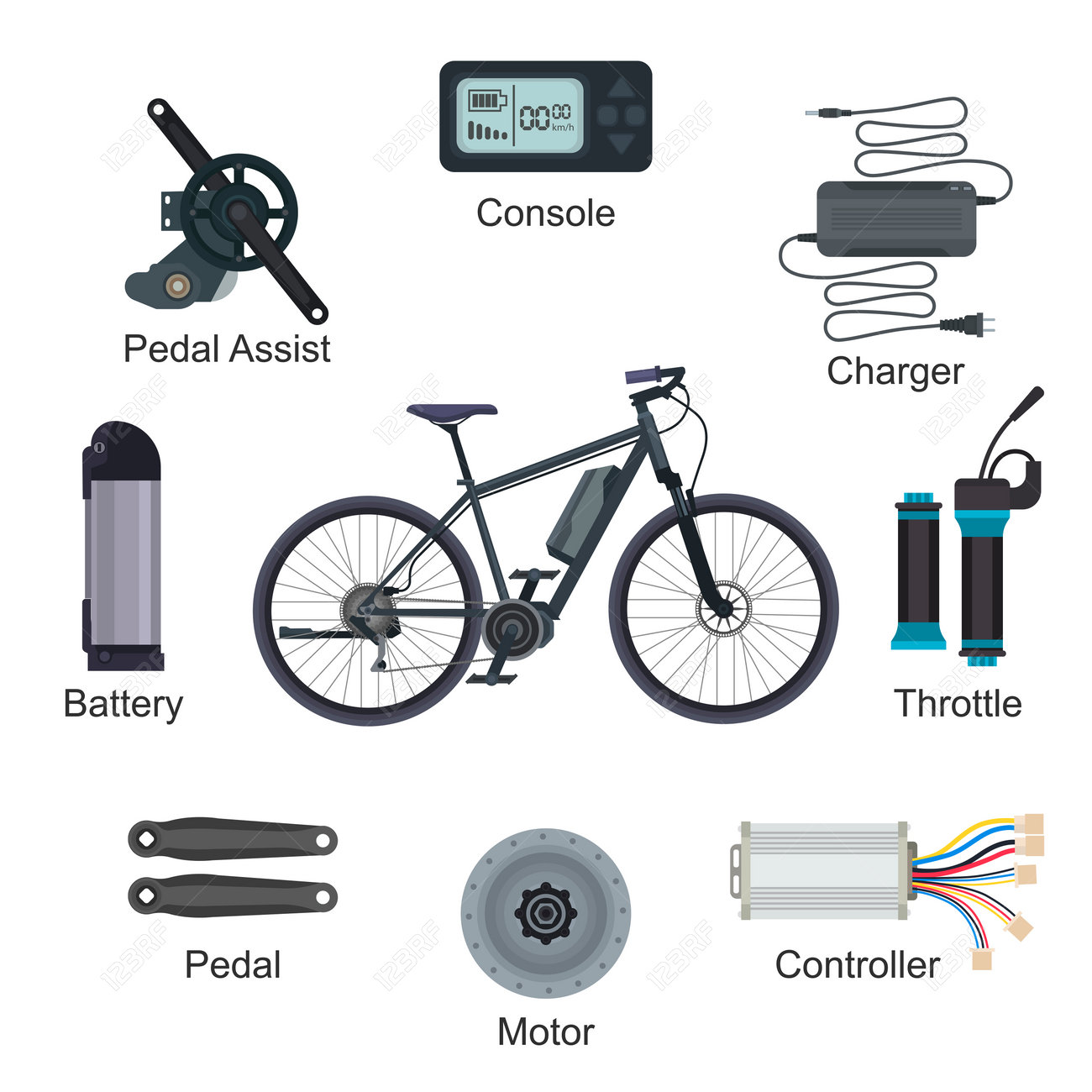Crucial Insights Into E-Bike Regulations And Rules For Beginners In Your City
Crucial Insights Into E-Bike Regulations And Rules For Beginners In Your City
Blog Article
Material Develop By-Munk Stanton
Before you hop on your e-bike and hit the streets, it's essential to recognize the laws and guidelines that govern your city. From rate limitations to marked riding locations, there's a whole lot to consider to ensure you're compliant and risk-free. By acquainting yourself with the guidelines certain to e-bikes, you'll be much better equipped to appreciate your rides without any unanticipated lawful concerns. Remain tuned to find crucial understandings that will assist you navigate the e-bike landscape in your city perfectly.
Recognizing E-Bike Classification
When it involves navigating the world of e-bike legislations and guidelines, a vital starting factor is comprehending the classification system that classifies these electric bikes. look at these guys -bikes are usually classified right into 3 major groups: Course 1, Class 2, and Course 3.
Course 1 e-bikes are pedal-assist only, meaning they give assistance while the rider is pedaling and have a maximum speed of 20 mph. These bikes are allowed in areas where typical bikes are allowed.
Course 2 e-bikes are geared up with a throttle that can push the bike without pedaling. They additionally have a maximum speed of 20 mph and appropriate for motorcyclists that may require help without pedaling constantly.
Class 3 e-bikes are similar to Class 1 yet with a greater maximum speed of 28 miles per hour. These bikes are usually restricted from particular bike courses or routes due to their higher rates.
Recognizing these categories is essential for following neighborhood laws and ensuring a safe and delightful e-biking experience.
Browsing Rate Limits and Limitations
To successfully browse e-bike laws and policies, it's crucial to comprehend the rate limits and limitations that relate to various courses of electric bikes.
Rate restrictions for e-bikes vary depending on the category of the bike. read the article -bikes, which are pedal-assist only and have a maximum speed of 20 mph, are commonly permitted on bike lanes and paths.
Class 2 e-bikes, which have a throttle along with pedal-assist and also get to rates of up to 20 miles per hour, may be restricted in specific locations where motorized vehicles aren't permitted.
Class 3 e-bikes, with pedal-assist up to 28 mph, are usually needed to follow the very same guidelines as typical bicycles.
It is necessary to comply with these rate restrictions and limitations to ensure your security and the security of others on the road. Before riding your e-bike, acquaint yourself with the particular guidelines in your city to stay clear of any type of possible penalties or lawful issues.
Where to Trip Your E-Bike
To figure out where you can ride your e-bike, it's vital to recognize the policies and standards details to your area. In a lot of areas, e-bikes are typically enabled on roadways and streets where typical bikes are allowed. This might consist of bike lanes, bike courses, and shared streets. Nevertheless, it's crucial to check regional legislations as some cities might have certain constraints on where e-bikes can be ridden.
When riding your e-bike, constantly prioritize security by adhering to website traffic regulations and appreciating pedestrian pathways. Furthermore, bear in mind any kind of assigned bike lanes or courses in your location and use them whenever possible to ensure a smoother and safer trip.
Some cities also have regulations relating to e-bike use on pathways, so see to it to familiarize yourself with these policies to avoid any penalties or fines.
Conclusion
Now that you recognize with the regulations and laws surrounding e-bikes in your city, you can confidently hit the trail understanding where you can ride and what constraints relate to your e-bike classification. Keep in mind to always focus on safety and adhere to the policies to ensure a smooth and lawful experience. Satisfied riding!
